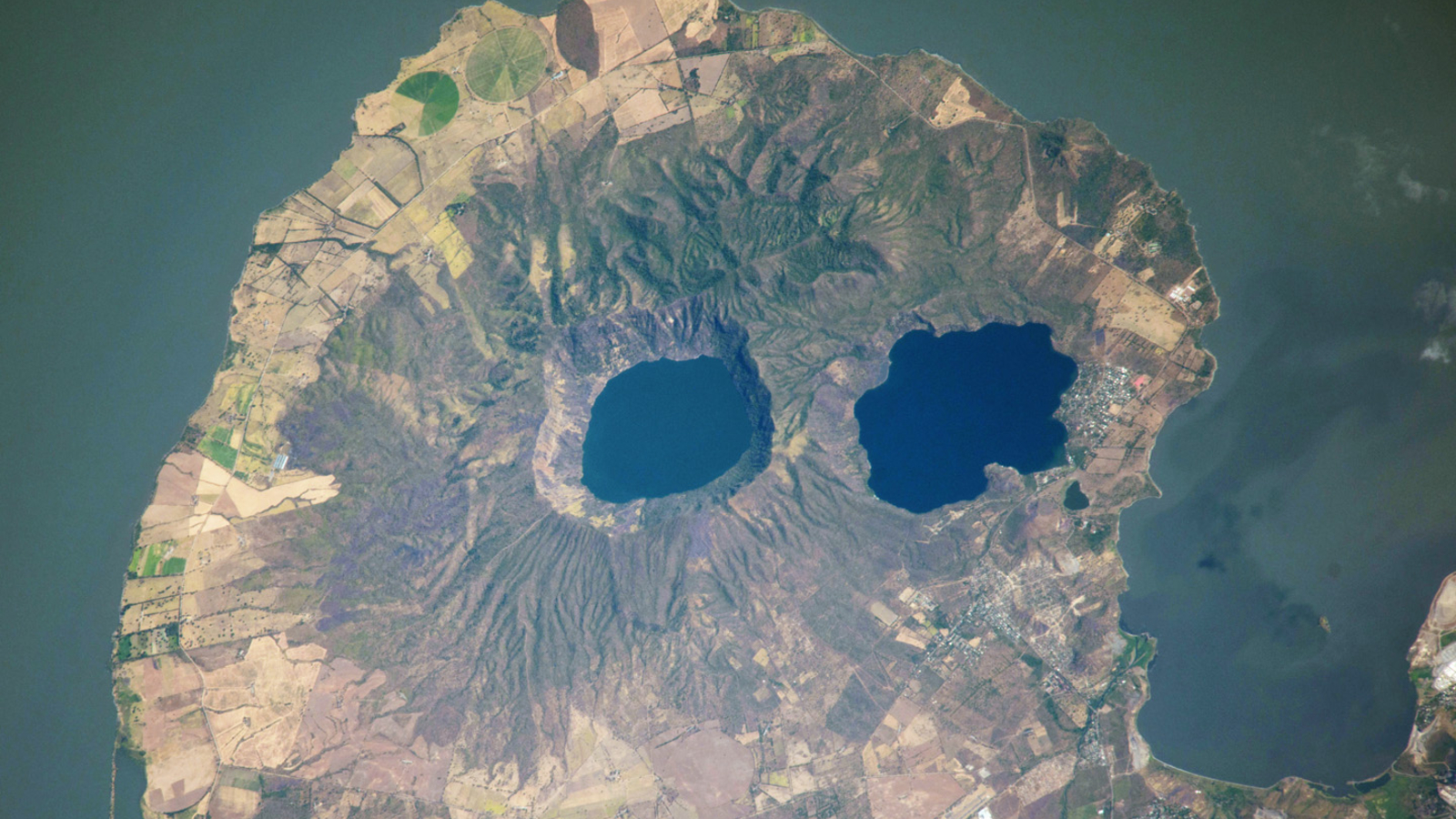Viruses Store and Deliver Keys to Evolution

Like tiny mail-carriers, viruses are able to carry packages of genes around the world, delivering the keys of evolution to other organisms.
This finding comes from a new study of the viruses and bacteria found in nine distinct locations on Earth (such as mines, ponds, oceans, reefs and even human bodies) and sheds light on the complex power swaps among viruses called phages and their bacterial hosts.
Bacteria are tiny, one-celled living organisms whose bodies are much more complex than those of viruses. The largest viruses are about the size of the tiniest bacteria. And while antibiotics can usually kill bacteria, they have no effect on viruses.
"These viral populations seem to be serving as reservoirs of genes that the microbes use," said co-researcher Forest Rohwer, a biologist at San Diego State University. With an estimated millions upon millions of phages (10 followed by 30 zeros) on Earth, the potential impact of such genetic transfers by viruses is huge, Rohwer points out.
"We've found previously that the viruses can move between biomes [ecological communities] pretty easily," Rohwer told LiveScience. "So in theory they should be able to move things from one part of the world to another."
That means genes that would confer environmental protection or some other adaptive tool could trek long distances via viruses from bacteria in one part of the world to another region.
The study is detailed online today by the journal Nature. Distinct profiles
Get the world’s most fascinating discoveries delivered straight to your inbox.
The researchers collected samples of bacteria and viruses from nine major ecological communities: underground mines, highly saline ponds, coral reefs, oceans, bodies of freshwater, fish farms, humans and mosquito-associated areas, and sedimentary "fossils," which contain records of microbial life on Earth.
Using a technique called metagenomics, the team identified the genes and their relative abundances for entire communities of bacteria and viruses found in each environment.
The genetic profile for each biome was found to be distinct.
"If you took a sample and you didn't know where that sample was from, you could actually predict where it was from with the metagenome," Rohwer said.
Sharing genes
The team then focused on the abundant genes from each environment to learn more about their known functions.
"There are a whole bunch of genes the viruses are carrying that we would've never expected," Rohwer said. "These are things that at first glance don't seem to be important to the virus life cycle."
In some of the samples, the viruses were equipped with genes normally associated with movement and direction in bacteria. "We're finding those genes in the viruses, which suggests that the viruses, when they're doing infection, they're actually manipulating the behavior of the bacteria when they're in them," Rohwer said.
In fish farms, the researchers found the viruses delivered "eating" genes to bacteria. The genes allowed bacteria to take advantage of so-called taureen, a sulfur-based acid added to fish food and not normally a part of the microbe's diet.
Viruses hanging out in coral-reef systems held a stash of genes for mucus eating. The genes were also found in the environment's bacteria, suggesting the viruses transferred the genes to the bacteria. In that way, the bacteria could slurp up mucous-like substances produced by coral.
"During infections by the viruses, there are many times when those infections don't lead to the viruses killing the cells," Rohwer said. "And under those circumstances, there's a chance that the bacteria can incorporate the genes the virus is carrying."
The project was supported by the Gordon and Betty Moore Foundation, the National Science Foundation, U.S.D.A. Cooperative State Research, the National Institute of Allergy and Infectious Diseases, the National Institutes of Health and the U.S. Department of Health and Human Services.
- The Invisible World: All About Microbes
- Top 10 Mysterious Diseases
- Gallery: Microscopic Images as Art
Jeanna Bryner is managing editor of Scientific American. Previously she was editor in chief of Live Science and, prior to that, an editor at Scholastic's Science World magazine. Bryner has an English degree from Salisbury University, a master's degree in biogeochemistry and environmental sciences from the University of Maryland and a graduate science journalism degree from New York University. She has worked as a biologist in Florida, where she monitored wetlands and did field surveys for endangered species, including the gorgeous Florida Scrub Jay. She also received an ocean sciences journalism fellowship from the Woods Hole Oceanographic Institution. She is a firm believer that science is for everyone and that just about everything can be viewed through the lens of science.
